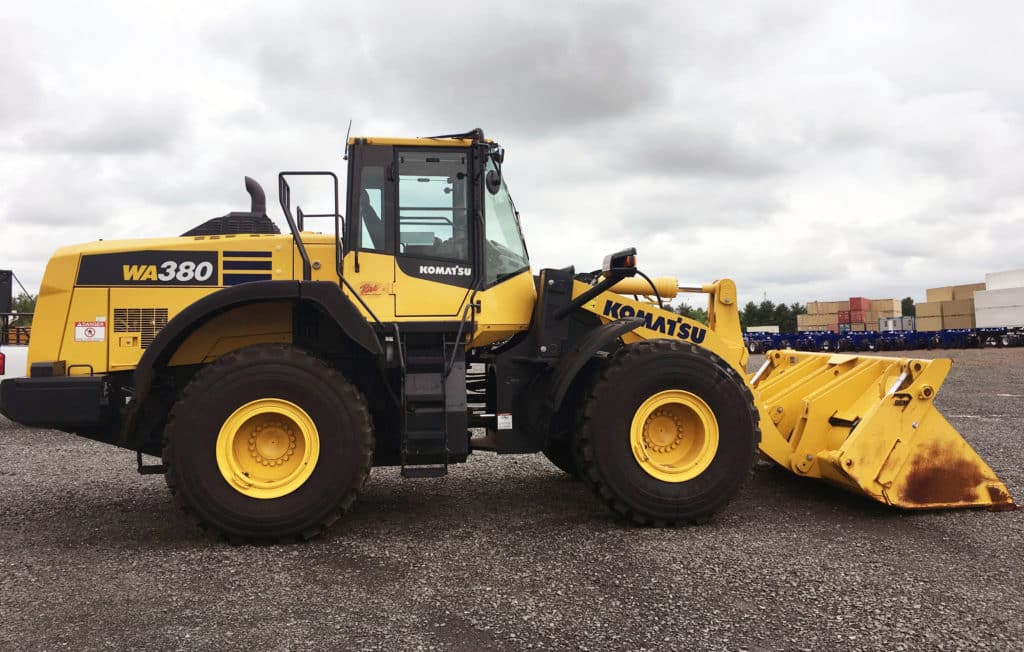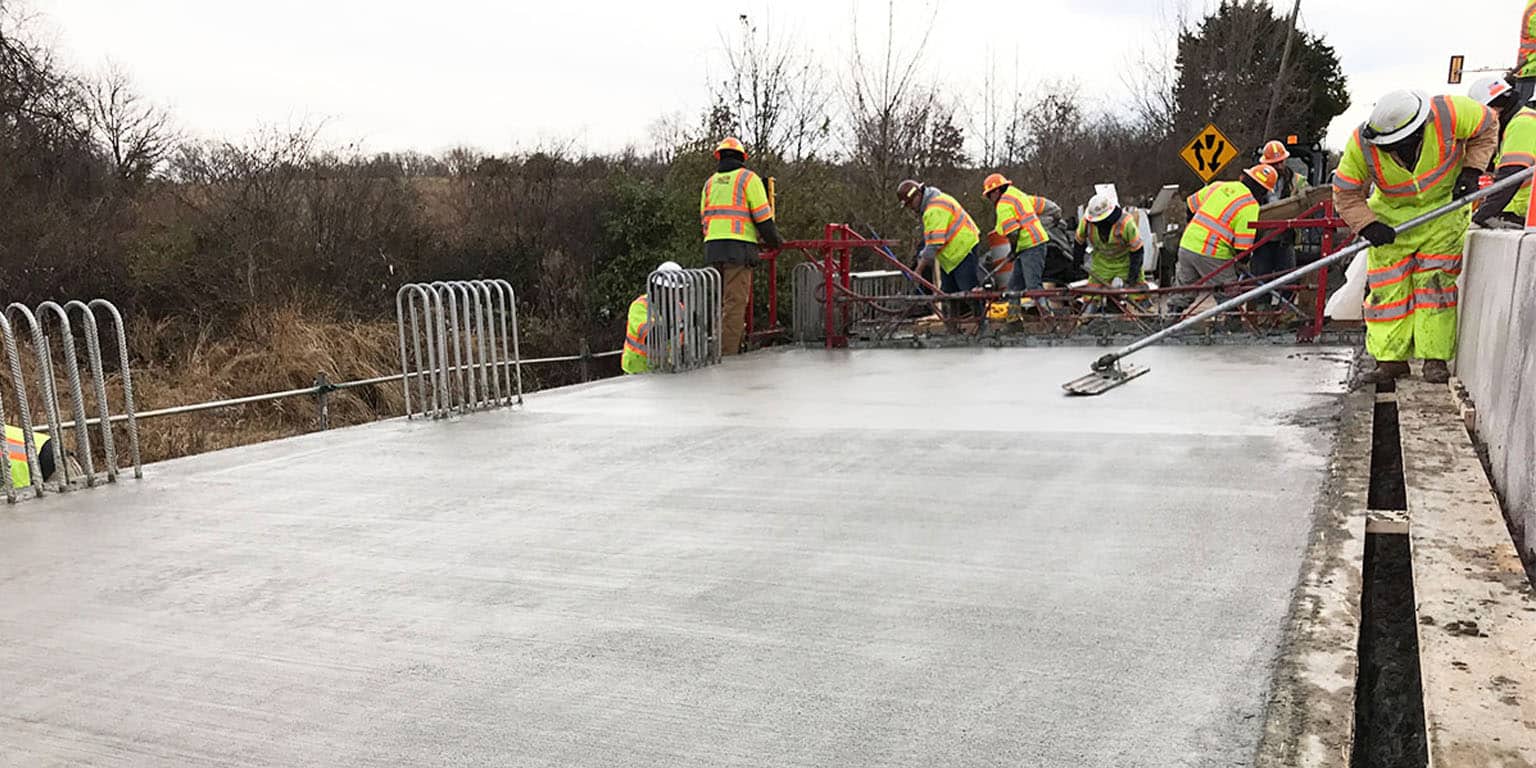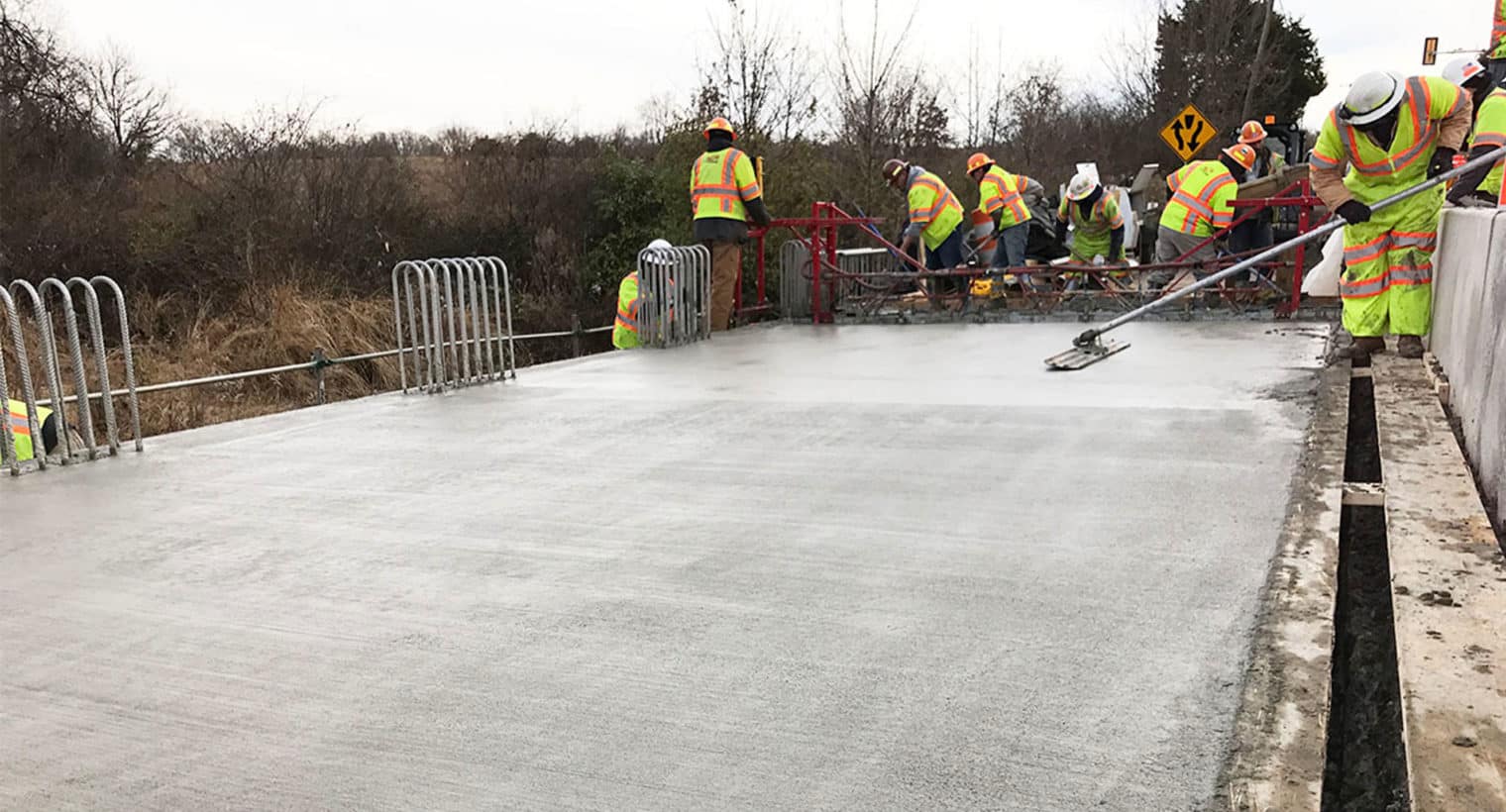It’s summer and that means highway and bridge construction. Almost anywhere one may live throughout the United States, local, regional, and state highway and transportation agencies are usually hard at work making improvements or additions to the nation’s roads, highways, and bridges.
Even small and out-of-the-way locales like Fallon, Nevada, have road workers and construction crews in place making repairs and widening roads.
And it doesn’t matter if you live in a major metropolitan area such as Richmond, Virginia or in a city of just over 9,000 folks like Fallon; highway and bridge construction projects can create a summer driving nightmare.
Summertime and the Driving Ain’t Easy: Why We Work on Roads in the Summer
While it may be true that in some regions of the country, the climate allows for outdoor work most all year long. However, for most of the nation, highway and bridge construction projects tend to occur more frequently during the summer months. And this is true for several reasons.
- Favorable weather conditions: Summer generally provides more favorable weather conditions for construction work. Warmer temperatures and longer daylight hours allow construction crews to work more efficiently and complete projects within shorter timeframes. Additionally, dry weather reduces the chances of rain or snow-related disruptions that can occur during other seasons.
- Increased construction season: Many regions experience an extended construction season during the summer months, primarily due to improved weather conditions. This longer period allows transportation departments and contractors to undertake more extensive projects, including highway and bridge construction, without the constraints imposed by colder temperatures or inclement weather.
- School breaks and reduced traffic: Summer is a time when schools are typically on break, resulting in decreased traffic volumes during certain periods of the day. This reduced traffic can provide construction crews with safer and less congested work environments, allowing them to complete projects more efficiently. It also minimizes the impact on commuters and reduces potential traffic disruptions during peak travel times.
- Tourism and vacation periods: Summer is a peak travel season when people often embark on vacations or visit tourist destinations. Transportation departments may take advantage of this period to carry out construction projects on highways and bridges, as they anticipate lower local traffic volumes. By scheduling construction during the summer, they aim to minimize the inconvenience caused to residents and commuters during other parts of the year.
- Construction material considerations: Some construction materials, such as asphalt, require specific temperature conditions to be properly applied and set. Higher temperatures in the summer facilitate the smooth installation and curing of materials, allowing for better quality construction. This makes summer an optimal time to carry out road resurfacing or repairs, which often accompany highway and bridge construction projects.
- Funding and project scheduling: Budget cycles and funding availability significantly determine when construction projects commence. Transportation agencies often plan their projects and allocate funds during the preceding fiscal year. This planning process often aligns with the expectation that construction work will take place during the summer when conditions are most favorable.
As we noted here earlier, it’s important to keep in mind that, while summer is the most common period for highway and bridge construction, construction projects can and do occur throughout the year, depending on the region and specific project requirements.
So, if we’re all forced to deal with summer driving punctuated with delays and sometimes hazardous road conditions due to all this highway and road construction, what are some good driving tips to make it easier and safer?

The Top Driving Tips for Navigating a Summer of Highway and Bridge Construction Obstacles
As most of us know, road construction can present challenging obstacles for drivers. And frustration!
These construction zones often have reduced speed limits, lane closures, uneven road surfaces, and unexpected detours. Navigating these areas safely and efficiently requires that drivers be attentive, patient, and prepared.
We’ve compiled this list of valuable driving tips to help you confidently navigate highway and bridge construction obstacles.
Stay Informed
- Check for updates: Stay updated on road conditions and construction activities by accessing reliable sources such as local traffic websites, mobile apps, or radio broadcasts. Before driving somewhere, check the website of your local transportation department for any alerts or closures affecting your route.
- Plan alternative routes: To bypass heavily congested or closed construction areas, identify alternative routes in advance. Use a navigation app that provides real-time traffic updates to find the most efficient detour.
Observe Traffic Signs and Signals
- Pay attention to warning signs: Look out for construction-related signs such as “Road Work Ahead,” “Detour Ahead,” or “Lane Closed.” Also, reduce your speed and be prepared to merge into the designated lane as indicated by the signs.
- Follow traffic signals and flaggers: Obey temporary traffic signals and instructions given by construction zone flaggers, who help manage the flow of traffic. And when a flagger signals you to stop, patiently wait until instructed to proceed.
Reduce Speed and Increase Following Distance
- Adhere to speed limits: Slow down and drive within the posted speed limits to ensure your safety and the safety of workers. For example, if the speed limit is reduced to 40 mph in a construction zone, actually maintain a speed of 40 mph or below.
- Increase the following distance: Maintain a greater distance between your vehicle and the one ahead to allow for sudden stops or unexpected maneuvers. A good rule is to keep a minimum of three seconds of following distance in construction zones to provide ample reaction time.
Be Alert and Watch for Hazards
- Focus on the road: Eliminate distractions such as mobile phones and loud music to concentrate on the construction zone’s changing conditions. Avoid checking your phone or engaging in lengthy conversations while driving through construction zones.
- Watch for uneven road surfaces: Be prepared for variations in road conditions, such as bumps, potholes, or uneven pavement, and adjust your speed accordingly. Slow down when approaching a section with a noticeable change in road surface to maintain vehicle control.
Merge and Change Lanes Safely
- Use indicators: Signal your intentions well in advance to allow other drivers to anticipate your maneuvers. You should activate your turn signal at least 100 feet before changing lanes or merging to inform drivers behind you.
- Yield to merging traffic: Give way to vehicles entering the highway or changing lanes, ensuring a smooth and safe merge into a lane. If a vehicle is merging from an on-ramp, adjust your speed or, if possible, change lanes to create space for them.
Stay Calm and Patient
- Avoid aggressive driving: Be patient and resist the urge to tailgate or engage in aggressive maneuvers that can escalate tensions in construction zones. This means that you should maintain a safe following distance and refrain from honking or making sudden lane changes.
- Expect delays: Understand that construction zones may cause delays and plan your journey accordingly to alleviate stress and frustration. For example, plan to leave early or consider alternate routes to allow for unexpected traffic slowdowns.
Safely navigating highway and bridge construction zones requires drivers to exercise caution, patience, and adaptability.

McClain and Company: Access Equipment for Highway and Bridge Construction Projects
At McClain and Company, we have maintained a sterling reputation in our industry because we have always believed in providing our customers with the highest quality service. And that means not only the service our customers receive when they rent from us, but also the work we do before and after an equipment rental.
We believe in the principle that providing our customers with the best in under bridge and aerial access equipment rentals is one of the best ways we can ensure that their projects are successful. And our customer’s success is of the utmost importance to us.
As we have always said here at McClain, “Your success is our success.”
In addition to a wide selection of high-quality under-bridge inspection units, McClain and Company also offers an extensive variety of utility and aerial equipment rentals including Hi-Rail inspection equipment.
We provide traffic safety equipment and other highway construction-related services for highway and bridge construction projects. So, if you have questions about equipment rentals from McClain or want to learn more about under bridge access equipment and under bridge inspection unit rentals, simply contact us by giving us a call at 1.888.889.1284 or emailing us at [email protected].


